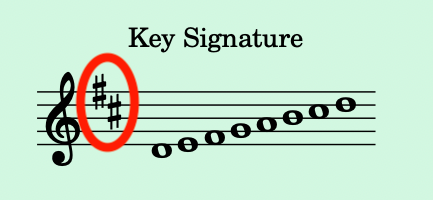
Understanding Key Signatures
Music Theory Lesson: Understanding Key Signatures
Objective: To explore the concept of key signatures in music, their purpose, and how they are used in musical notation and composition.
Introduction to Key Signatures
Definition: A key signature is a set of sharp (#) or flat (b) symbols placed at the beginning of a staff, indicating the key of the piece of music:
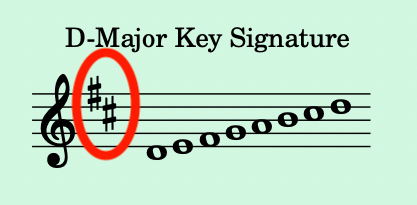
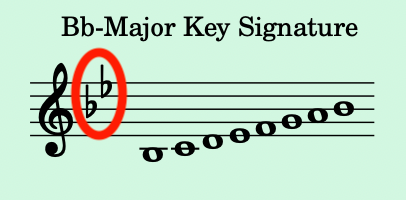
The Role of Key Signatures
- Indicating the Key:
- The key signature identifies the scale (major or minor) that the piece primarily uses.
- Reducing Notational Clutter:
- By setting the sharps or flats at the beginning, the key signature reduces the need to write accidentals before each note in the music.
Reading Key Signatures
- Sharps and Flats:
- The key signature can have sharps or flats but never both.
- Order of Sharps and Flats:
- Sharps: F#, C#, G#, D#, A#, E#, B#.
- Flats: Bb, Eb, Ab, Db, Gb, Cb, Fb.
- Major and Minor Keys:
- Each key signature corresponds to one major key and one relative minor key separated by a minor third down:
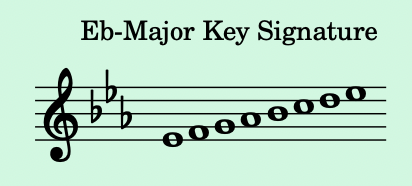
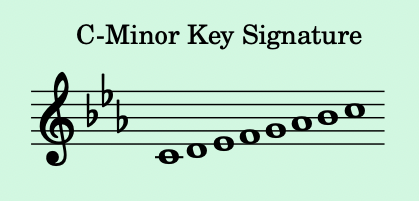
Determining the Key
- Sharps:
- The key is a half step above the last sharp.
- Flats:
- The key is the name of the second-to-last flat.
- Minor Keys:
- Find the relative minor by counting three half steps down from the major key.
Importance of Key Signatures
- Harmonic Framework:
- Key signatures provide the harmonic framework for a piece, influencing its mood and style.
- Consistency:
- They ensure consistency in the tonality of the music, making it easier for musicians to play.
Exercises
- Key Signature Identification:
- Practice identifying key signatures and their corresponding major and minor keys.
- Transposition:
- Transpose simple melodies to different key signatures.
- Composition:
- Compose short pieces in different keys, paying attention to the appropriate key signatures.
Conclusion
Key signatures are an essential aspect of music theory, providing critical information about the scale and tonality of a piece. Understanding and correctly using key signatures is crucial for reading, writing, and performing music accurately and expressively.
This lesson offers a comprehensive overview of key signatures, explaining their purpose, how to read them, and their importance in music. Exercises are included to help reinforce the understanding and practical use of key signatures in musical contexts.